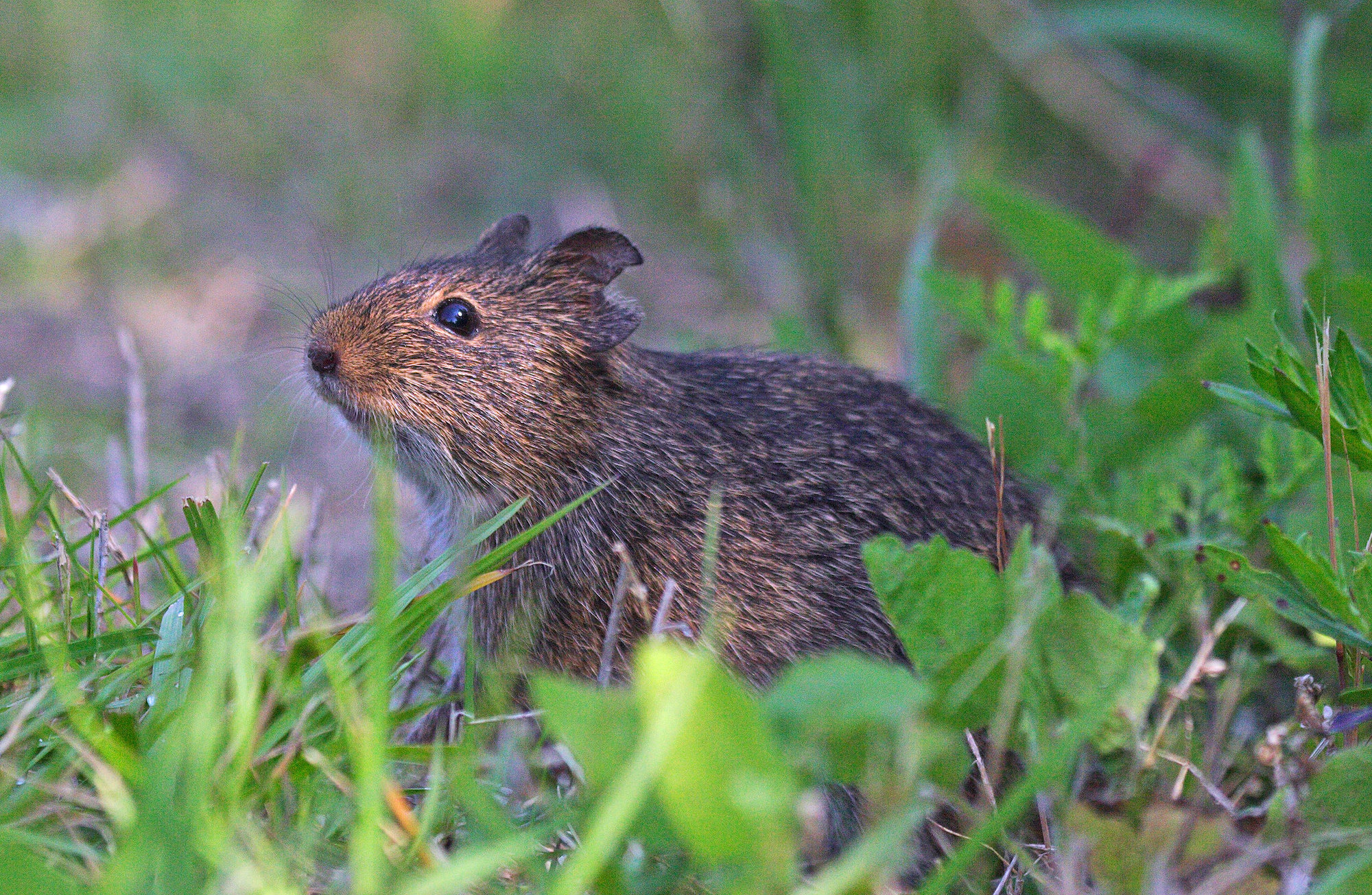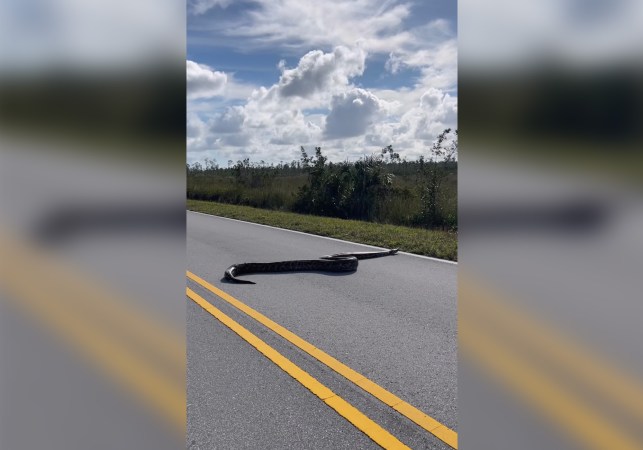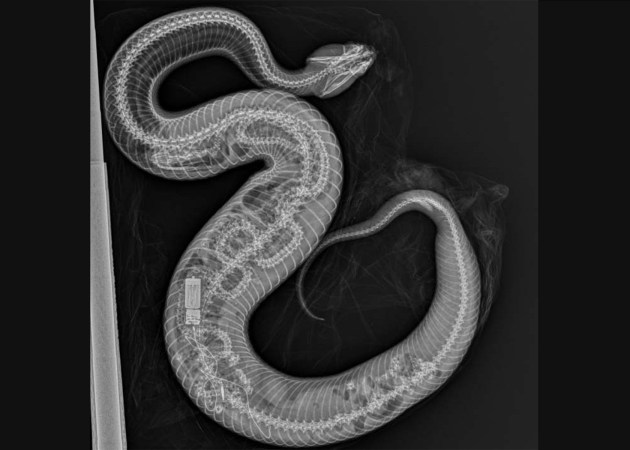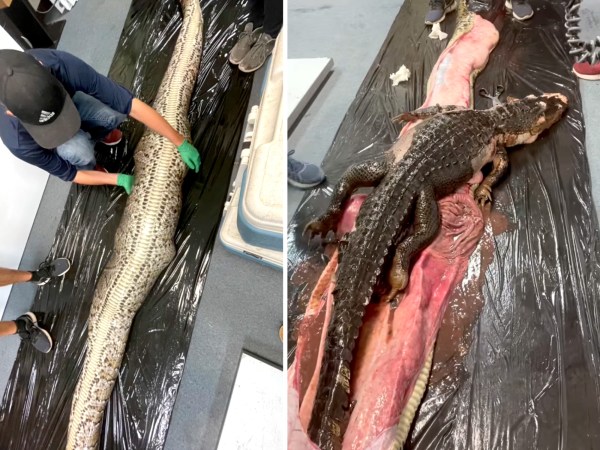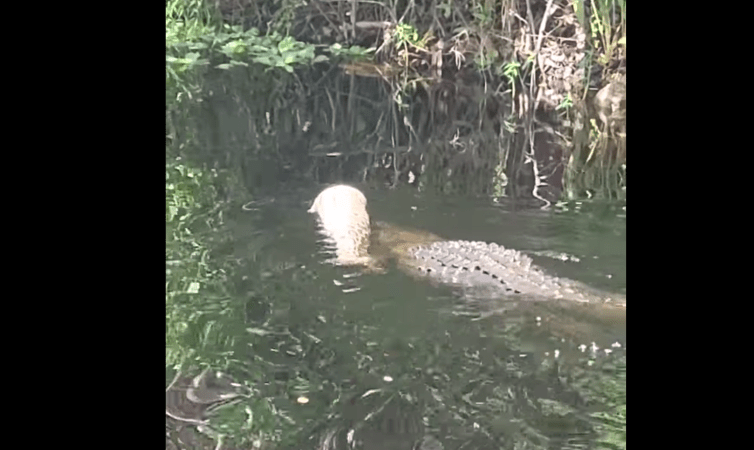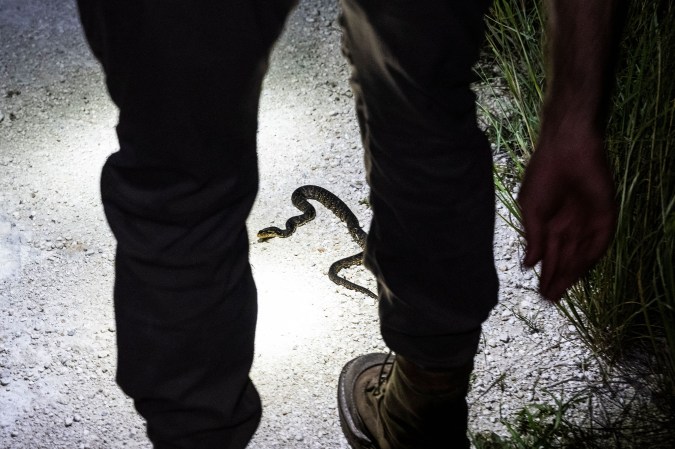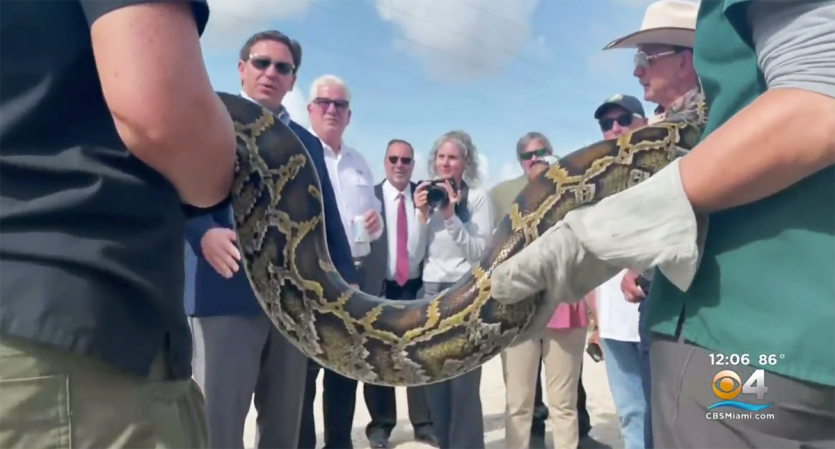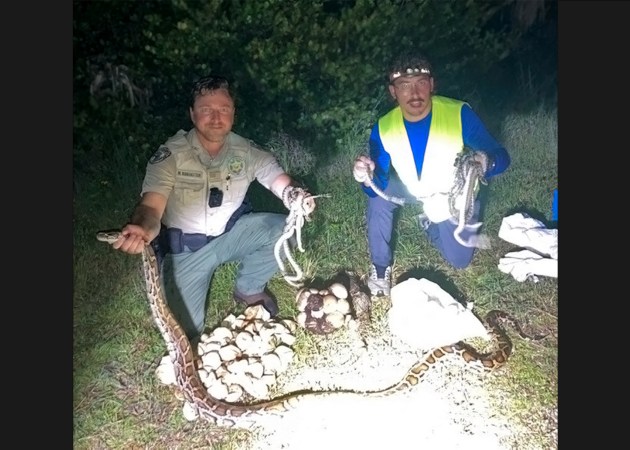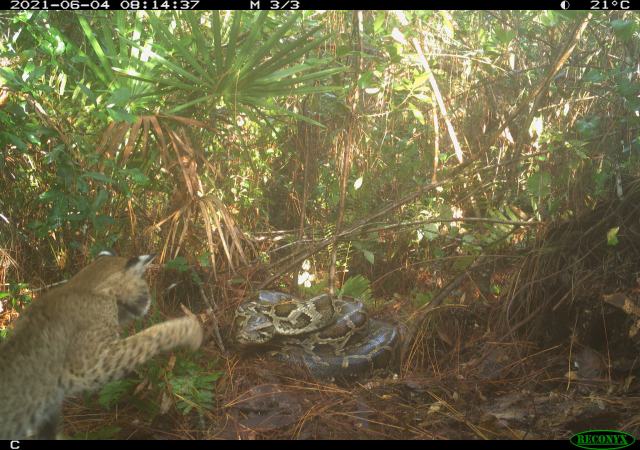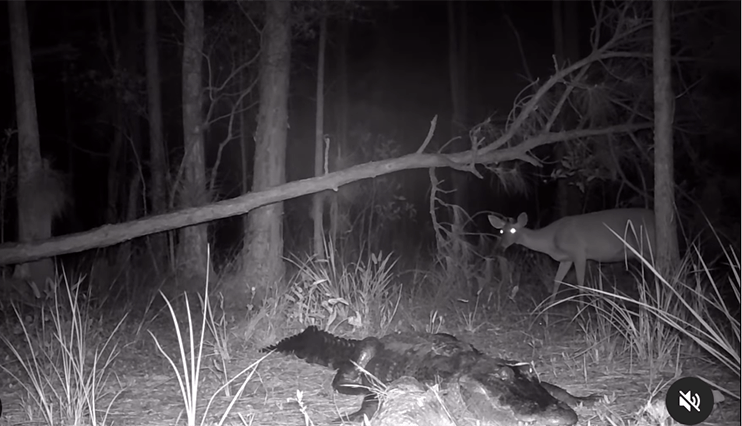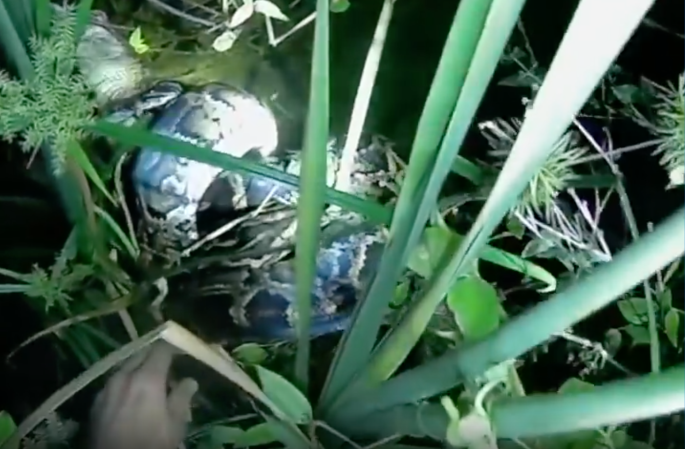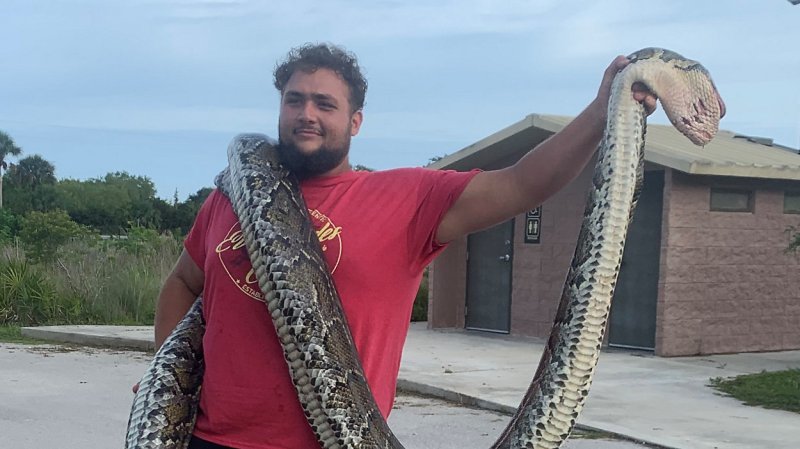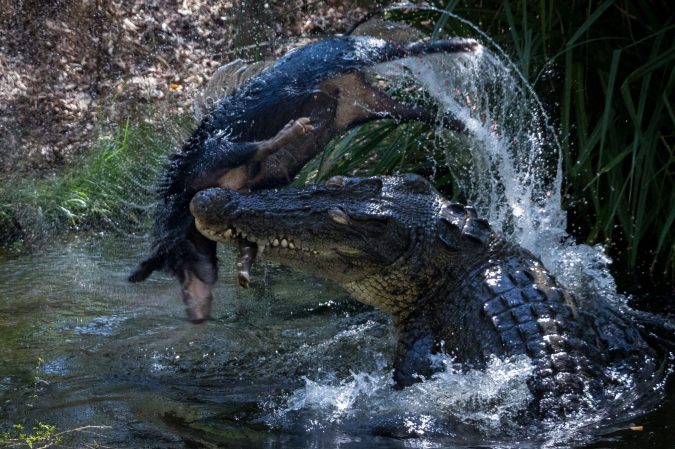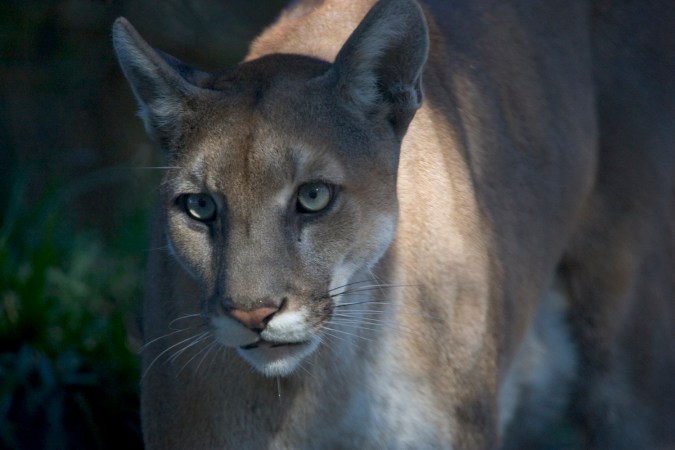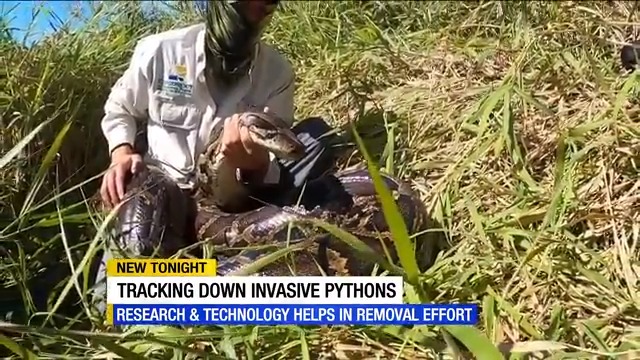Burmese pythons have been flourishing in the Florida Everglades for more than 40 years, during which time the invasive snakes have upended the native food web and decimated small mammal populations. And new research from the University of Florida shows how this chink in the food chain has led to another unwanted effect: a marked increase in cotton rat populations.
In a study that was published last month in the Journal of Mammalogy, researchers found that as pythons eliminate bobcats, foxes, and other rat predators, they leave a hole in the ecosystem that allows the rats to thrive. (Wildlife biologists refer to this cause-and-effect as a “trophic cascade.”)
Read Next: Largest Python Ever Captured in Florida Is Nearly 18 Feet Long
“Mammal communities in python-invaded portions of the Greater Everglades Ecosystem are increasingly dominated by cotton rats and other rodents,” the study’s authors concluded.
In order to gauge the effects that Burmese pythons have on cotton rat populations, researchers caught 115 of the rats and fitted them with GPS transmitters. They released 34 of the rats into an area with a low population of pythons, while the remaining 81 were released into an area with high python numbers. Researchers found that the rat death rates were similar in both areas. Pythons in the high-population area only killed six of the rats, which had no real impact on the overall rat population.
Growing rat populations could present a problem for humans in the region, the authors point out, since cotton rats act as reservoirs for diseases like hantavirus and the Everglades Virus. These viruses are then spread by mosquitos, which bite the infected rats and then bite humans.
And as rat populations increase while other mammal populations plummet, mosquitos in the Everglades are forced to feed primarily on the disease-carrying rodents. This was the takeaway from a separate study, published in 2017, according to LiveScience.
Accordingly, the uptick in cotton rat populations in the Everglades could lead to “increased risk of arbovirus [viruses spread by insect vectors] infections for people living in south Florida,” Nathan Burkett-Cadena, lead author of the 2017 study, told LiveScience.

